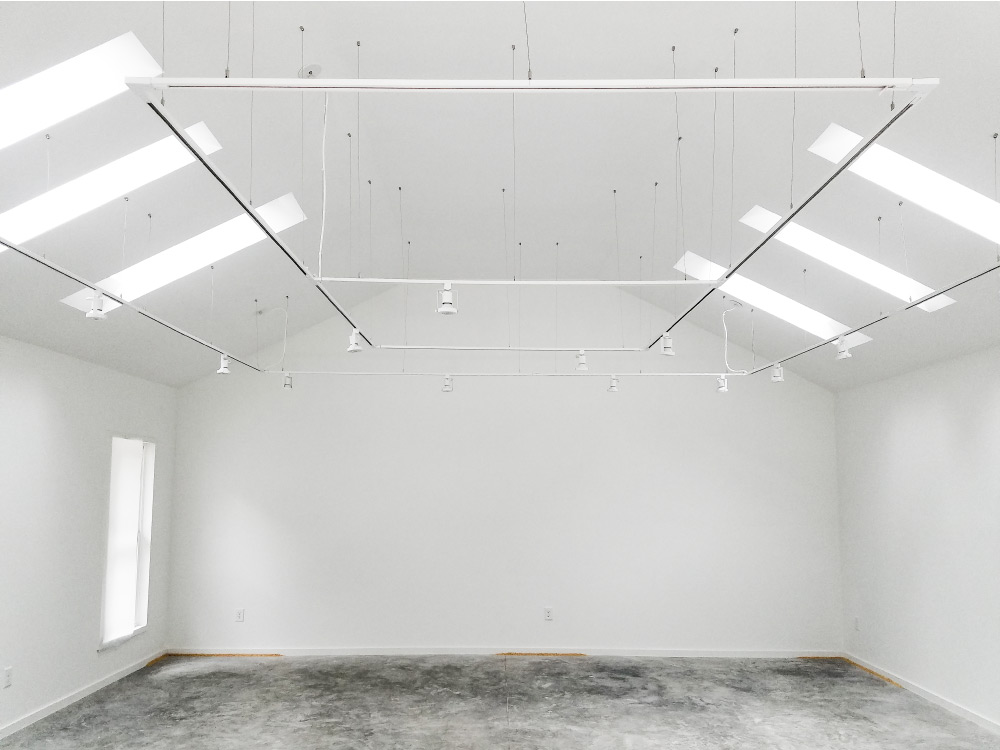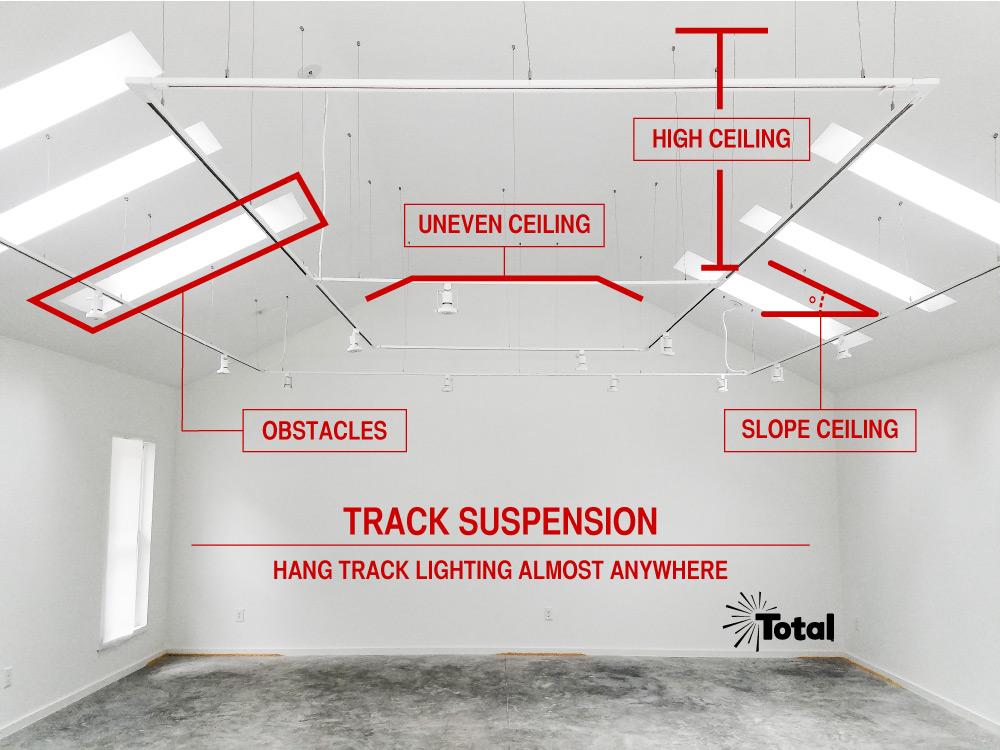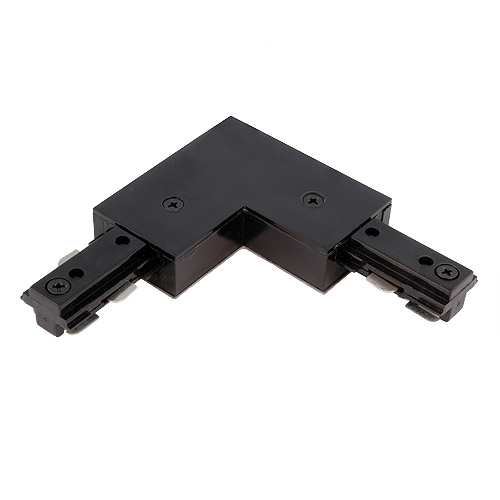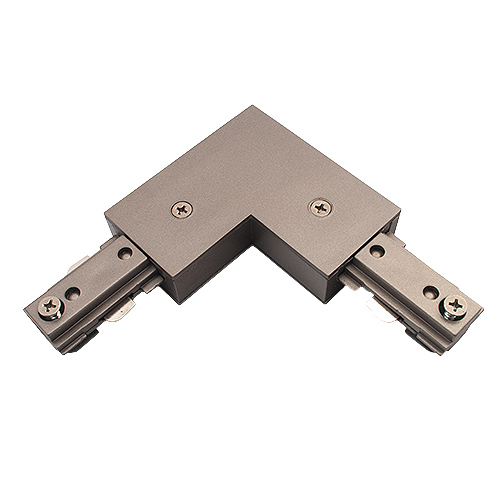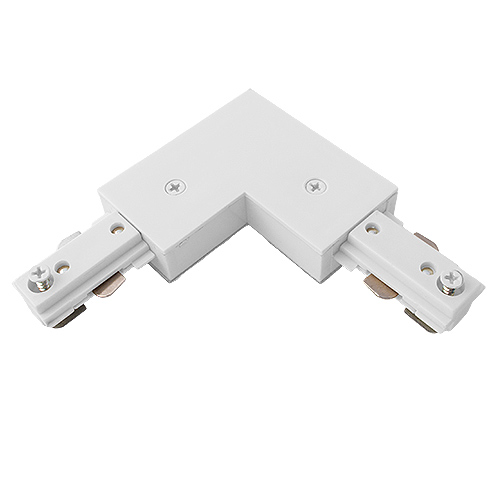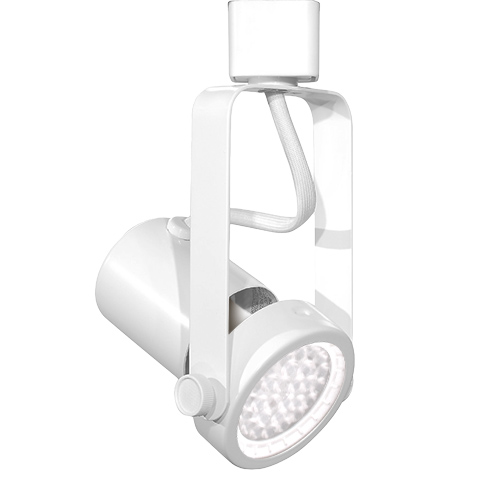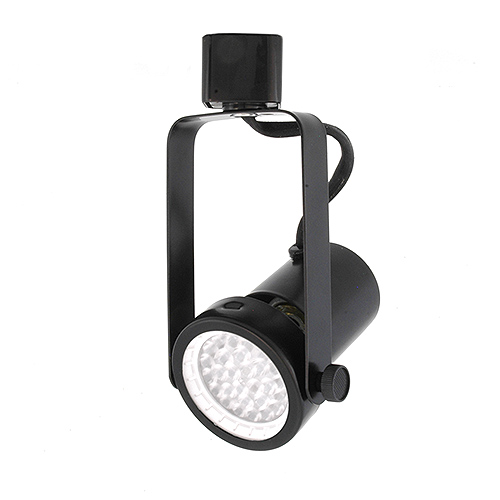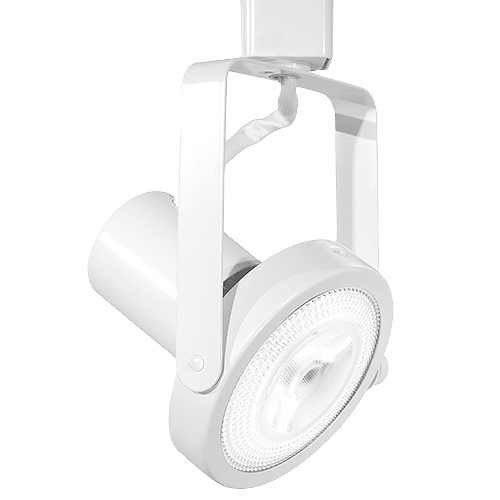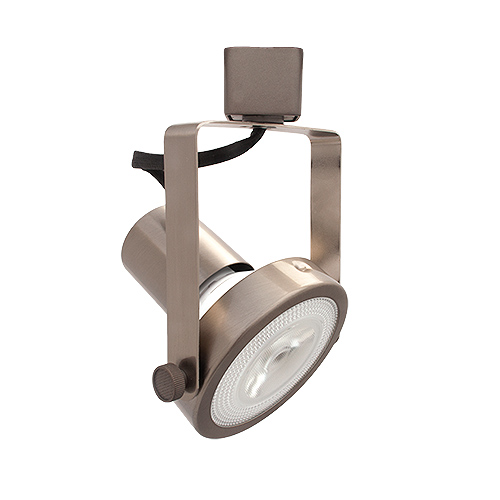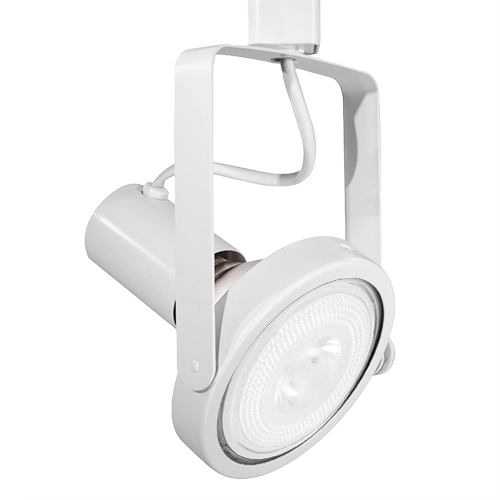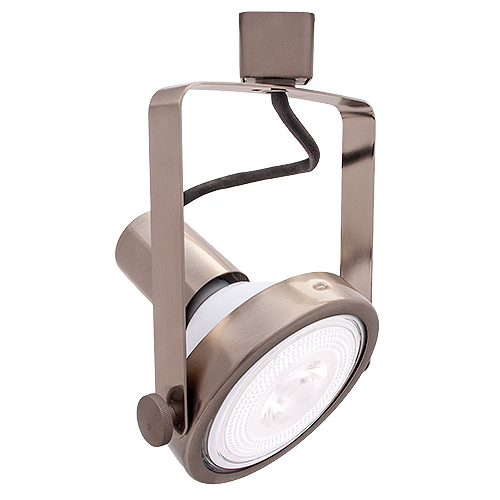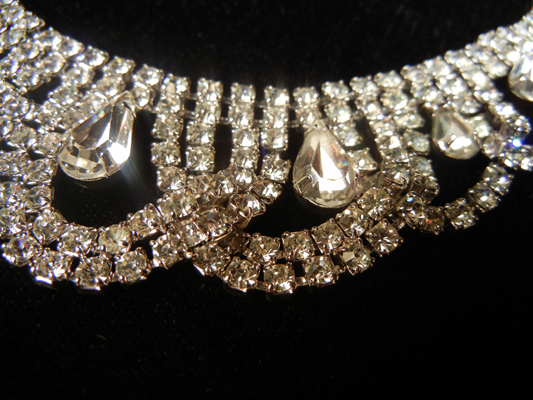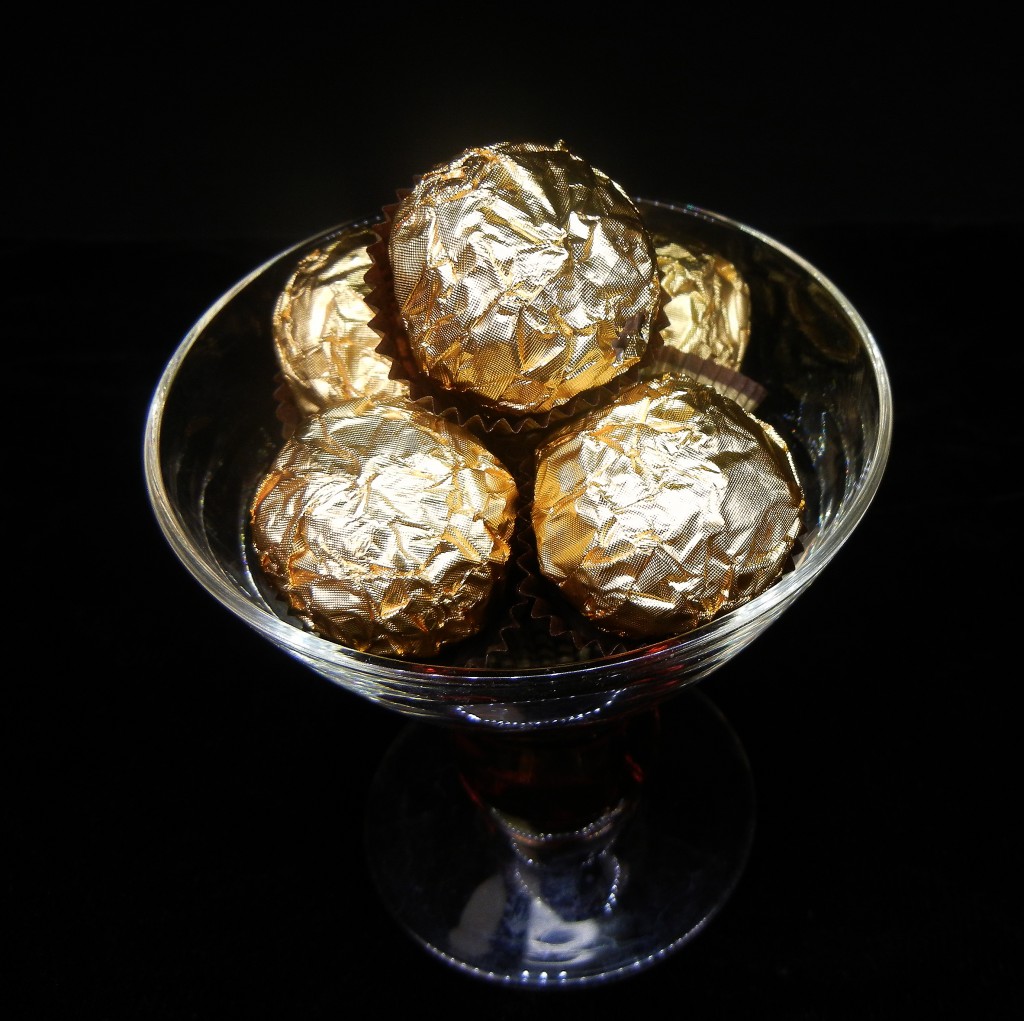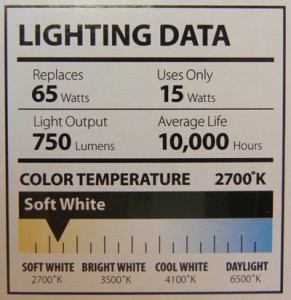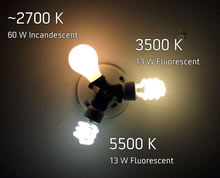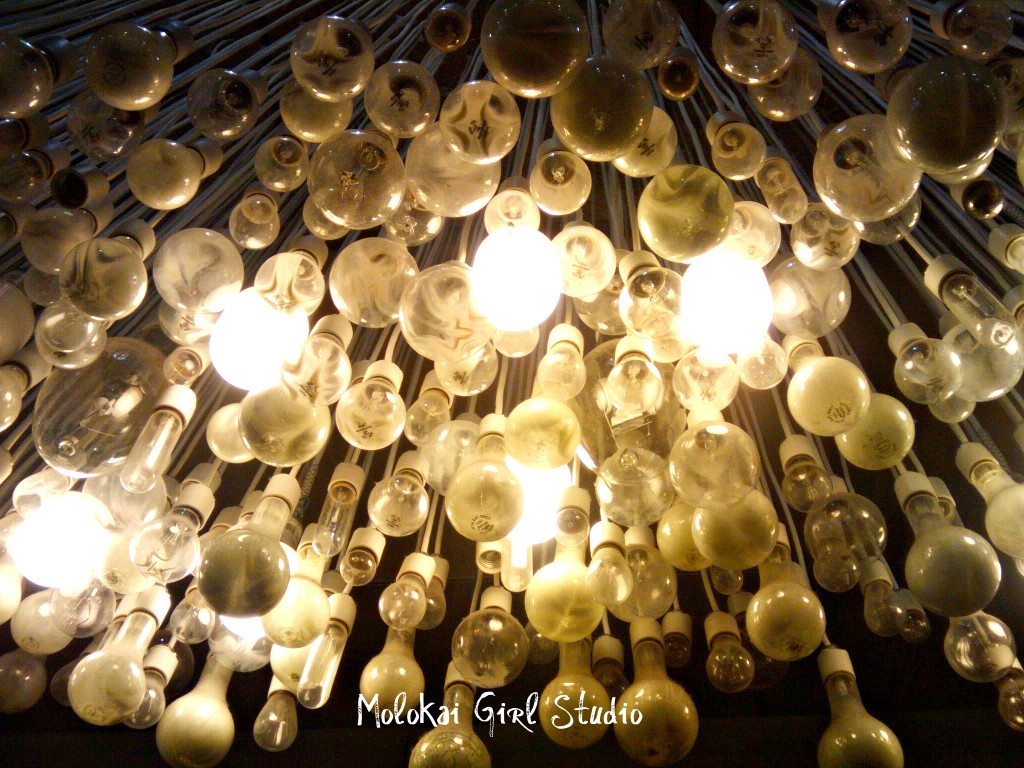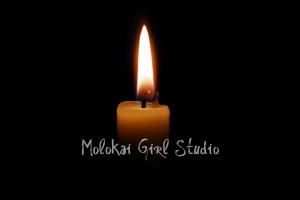Good lighting makes all the difference in retail. Using appropriate lighting will make the space more inviting, show off the product, highlight rich fabrics and bring out subtle colors. Additionally, good lighting always increases sales and reduces operating expenses.
Lighting has improved dramatically for the better.
A quick trip down memory lane recalls the fluorescent fixtures and the old PAR bulbs in almost every retail store. Then we upgraded to better fluorescent tubes. They lasted a little longer and gave better color rendering, so colors did look a little better.
A few stores stayed with the same bulbs they used for lighting their warehouse. And they looked like a low-end warehouse inside—flat, colorless lighting and no depth to the displays at all. Works for some, but was not a good choice for store owners that wanted the best option for their retail space and know the value of lighting.
Next, the PAR and R bulbs gave out to Halogen PAR bulbs. Better and brighter, but still produced so much heat that your air conditioning system was running all winter long, and your electric meter was spinning away.
Now we have more choices, and you don’t have to spend a ton of money to make things look absolutely amazing. If you are designing a new store, you can opt in for all LED fixtures, both for general light and for dramatic highlighting. If you have an existing space, you can convert your existing fluorescents to LED quickly, easily and inexpensively. Just think—better color, up to three times the light, and you will cut your electric bill in half. No need to run the air conditioner in the winter! If you are using halogen bulbs, you most likely started converting them to LED years ago, but the new generation of LED PAR bulbs are even better than before, with more improvements coming all the time. Just this week we received a new box of LED PAR bulbs for testing and they are the highest color rendering bulbs we have tested so far.
Customers do not want to buy furniture in a store that looks like their living room.
People do not want to buy furniture in a store that looks like their living room. While it may be a comfortable space to sit on the couch and watch TV, a living room isn’t set up to display and highlight the features of the furniture. Many store owners use interior designers that understand color, accessories, placement and themes. Unfortunately, all too often the lighting is overlooked and poorly selected and set up. I visited a furniture store last week that had clearly spent a lot of money on their lighting. However, it was obvious that their floor-plan had changed and the lighting remained in its original setup. 50% of the light fixtures were lighting the floor, where there had once stood a beautiful piece of furniture. I have yet to find a furniture store that has trained their staff about lighting and who can properly light their store for the best possible sales results. But I am sure they area out there and would to hear from them and see their work.
Engaging a lighting expert, like one of our experts at Total Lighting Supply, to properly light your store, will lead to the best possible sales results. Think of it this way—people that do Broadway shows always hire a lighting designer to make the stage look perfect. They do not hire costumers, set designers, color experts and the best performers, only to use an old fluorescent fixture to light the show.
How much light is the correct amount of light?
There is no specific formula for this, but ask yourself the following questions:
Is the space inviting?
Is it exciting and colorful?
Are you drawn in?
Do you want to see more?
What is in the back of the store? Is it brighter back there?
What is the highlight of the space; the “star” of the show?
Do your customer say, “I want my room to look like that”?
Is the lighting playing a part in the presentation, or is it just “there”?
Does it look “rich”? Are the colors “popping”?
Your displays should have light and shadow. This will give you depth in the display. Try putting a colorful flower display on the coffee table and hit it with a 5000K PAR spot track lighting fixture (about 7 watts LED at $4.25 or so), and watch your “vignette” come alive. We see a similar method used successfully in furniture stores when they put several bright colored pillows on a bed and use appropriate lighting to bring the bedroom furniture alive. It is important to know that a small selection of both spot and flood work great in any retail environment. Your sales will reflect this little bit of extra time you put into your lighting.
General lighting makes the space feel open and inviting. However lighting only from overhead with a flat, down light fluorescent will not look good. How you light different areas of the store is important as well. We see many retail stores light the back of the store brighter than the front to draw their customers all the way into the store. Don’t let the back of the store look cheap, if you have overstock make it look great so it moves.
Color Rendering
There is a ton of information out there on color rendering, but let’s touch on this a bit. You have probably heard the term “full spectrum,” but that is simply a meaningless advertising term. Color Rendering or CRI is an actual measurement. The higher the number the better your light source is at showing all the colors of the color chart. If you have a cheap fluorescent with a color rendering of 60% you have poor representation of colors in your displays. They will look muddy and dull. The higher the number the better, but there is also a point at which the high number is not cost effective. The difference between 95% and 100% CRI is hard to see and drives the price of the light source to almost triple of what you need to pay.
Color Temperature
Do not confuse color temperature with color rendering. They are separate and not related in any way. However, just like color rendering, color temperature can be measured. The lower numbered temperature, say 2700K, is a warm light, while the higher numbered temperature, like 4000K, is a whiter light. We like to use whiter light in modern settings with a lot of white and black, and even in kitchens. There is also the extreme 5000K, very white light, that is used in retail spaces like bridal salons (no one likes a yellow wedding dress).
Should I use track lighting?
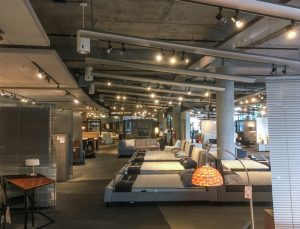 Track lighting was actually born on the Broadway stage. Retailers began using track lighting to duplicate that dramatic effect of the stage, control the beam of the light, the color, the shape, etc. They understood the versatility of being able to adjust, move and add or subtract light to make their stores look inviting and dramatic.
Track lighting was actually born on the Broadway stage. Retailers began using track lighting to duplicate that dramatic effect of the stage, control the beam of the light, the color, the shape, etc. They understood the versatility of being able to adjust, move and add or subtract light to make their stores look inviting and dramatic.
Using stage lighting in a store is expensive, but you will see it in high-end stores with high ceilings, churches, performance venues, etc. The good news is that track lighting gives almost the same control as stage lighting at about 1/8 of the price. And it’s very easy to do! We do track lighting on projects all over the world, and we have a hanging system to hang from any ceiling, no matter the height or obstructions. It is surprisingly inexpensive to do it right.
Choosing lighting for your store.
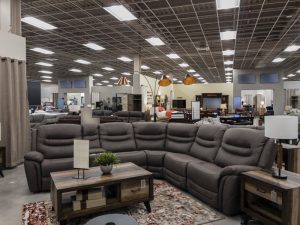 Just think what a little dramatic lighting would do with this store ?
Just think what a little dramatic lighting would do with this store ?Look at how your store is presented. Step back and take a good look at your merchandising and ask if better lighting could improve the presentation. If the answer is yes, we can help! Our chief designer has been lighting retail stores, galleries, restaurants and high-end homes for 38 years. His expertise is available to you too! We offer a variety of services from basic free advice to expert assistance for a reasonable charge, including having our Chief designer visit your store and train your crew. Even if you already know what you want, we can help you get there, do it on time and in budget.
Thanks for reading! Check out our ongoing comments from our design time. We love a world with good lighting and appreciate when anyone strives to get it right. We would love to hear from you and see photos of your successes.
Examples of Fluorescent Lighting compared with Track Lighting
Notice the differences in highlights and shadows as well as color. Which one draws you in more?



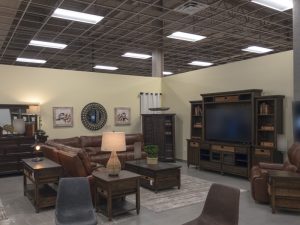
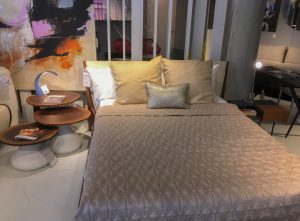

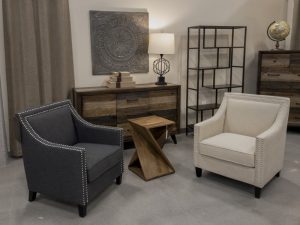

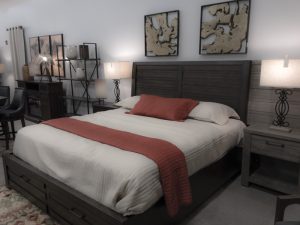
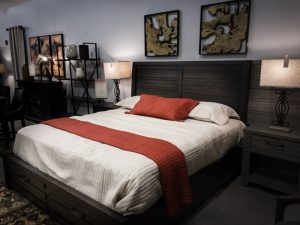
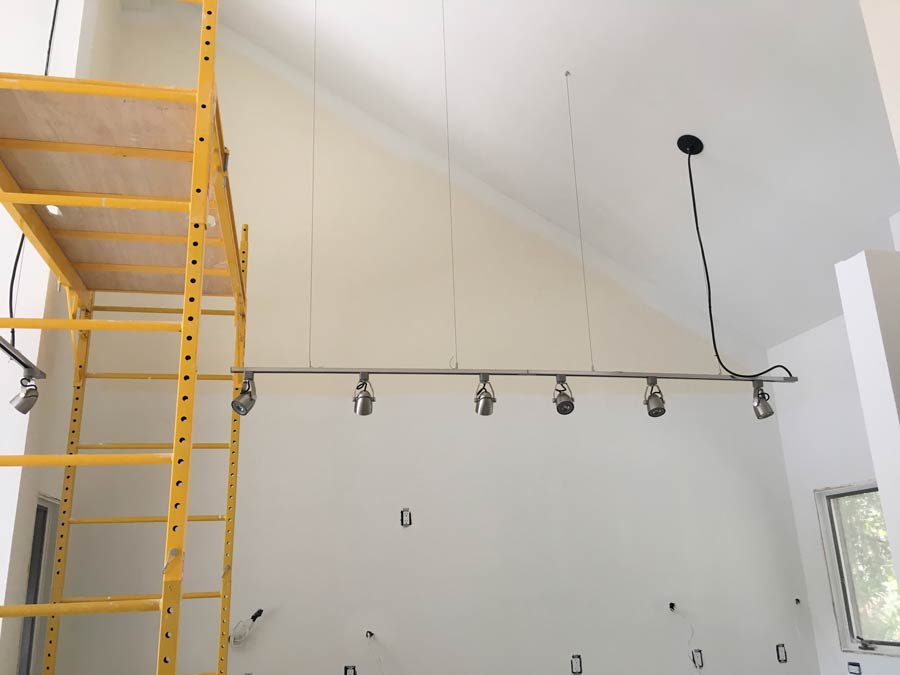 Installation using Black Power Cable & Electrical Canopy Cover
Installation using Black Power Cable & Electrical Canopy Cover Installation using White Power Cable & Electrical Canopy Cover
Installation using White Power Cable & Electrical Canopy Cover